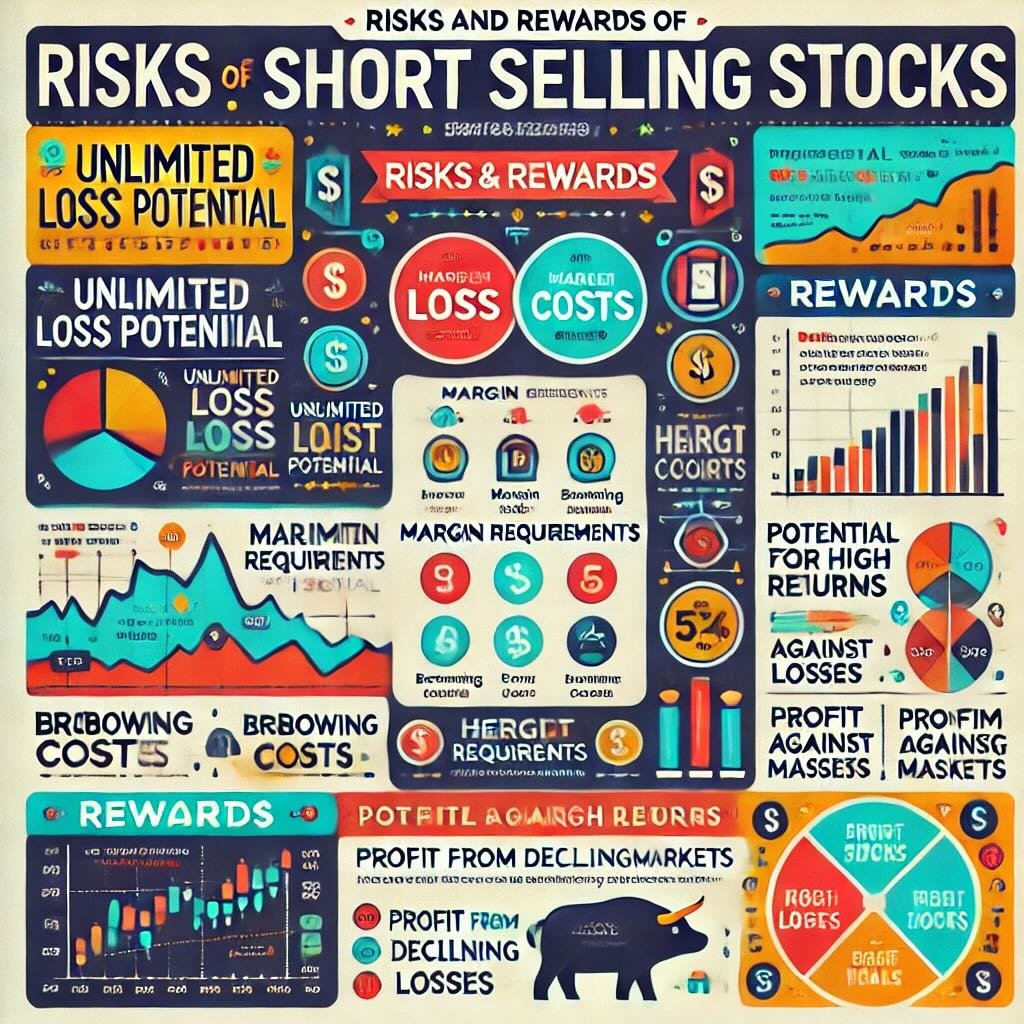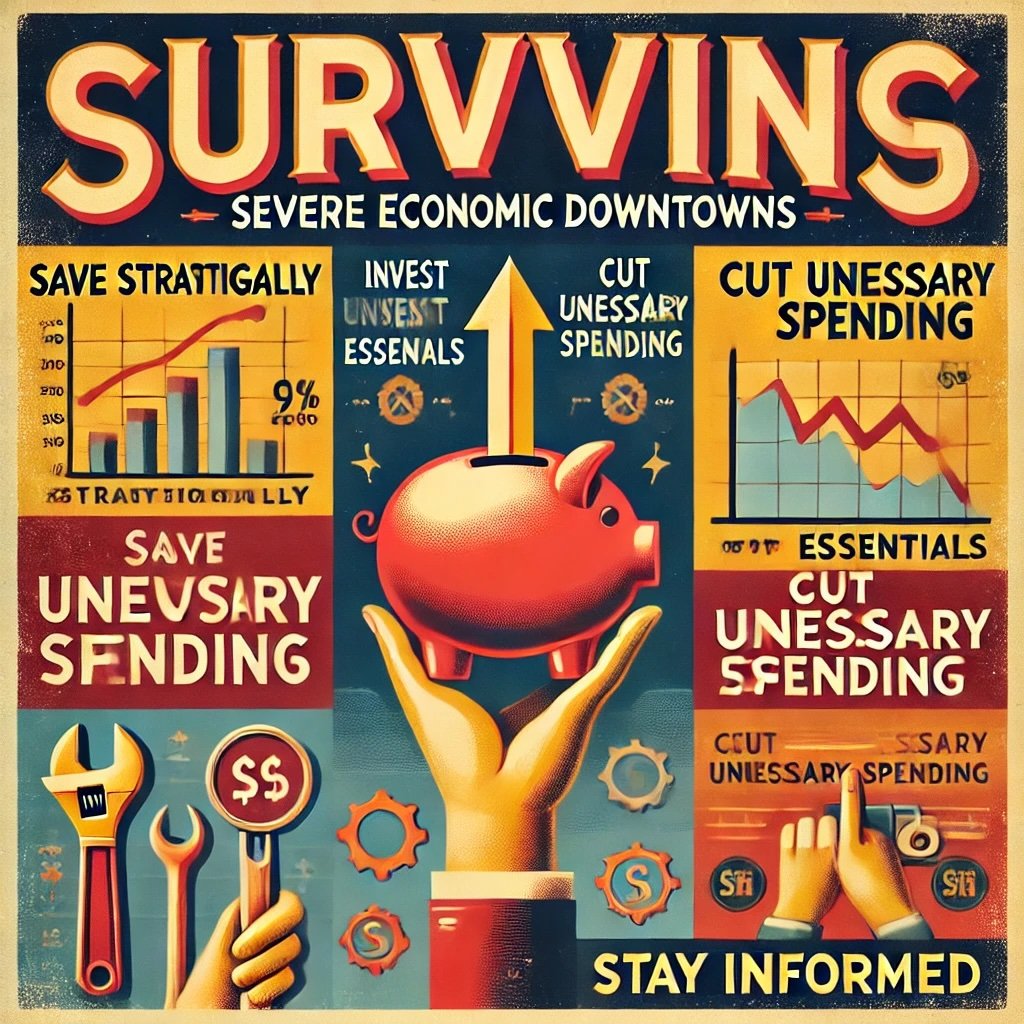A housing bubble occurs when home prices surge to unsustainable levels, driven by high demand, speculation, and exuberant market behavior. These bubbles form when the price of real estate rises rapidly, often disconnected from the underlying economic fundamentals like income growth or rental yields. As prices continue to climb, the market becomes increasingly fragile, setting the stage for a potential crash when the bubble eventually bursts.
source: MHFIN on YouTube
Importance of Policy in Housing Markets
Government and regulatory policies play a pivotal role in either stabilizing or destabilizing housing markets. Good policies can help manage demand, ensure responsible lending practices, and maintain a healthy supply of homes. However, when policies are poorly designed or implemented, they can have the opposite effect, inflating prices further and creating conditions ripe for a bubble. Policies on interest rates, lending standards, and housing subsidies, among others, can significantly influence market dynamics, either cooling an overheated market or fanning the flames of a bubble.
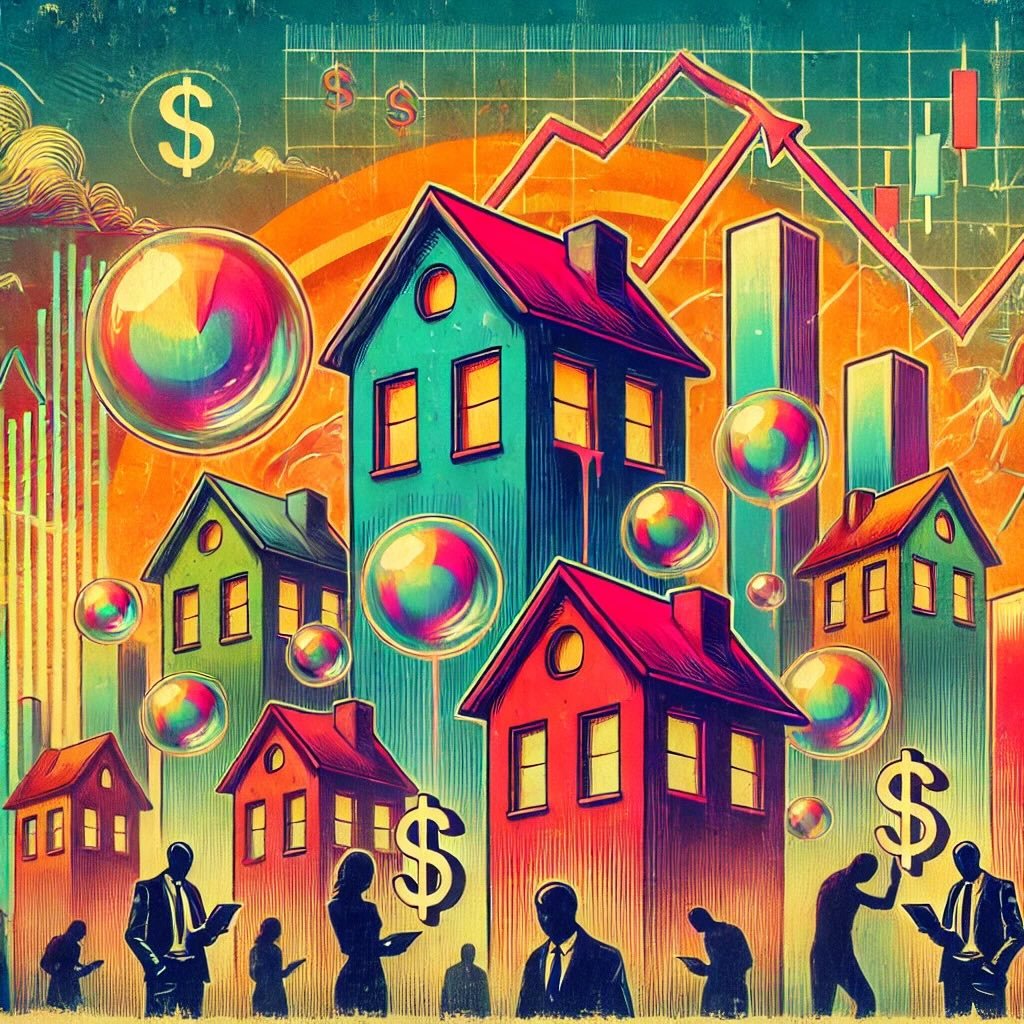
We’ll explore how specific bad policies can exacerbate housing bubbles, leading to severe economic consequences. We’ll examine how misguided monetary policies, lax regulations, and poorly structured government interventions can inflate housing markets beyond sustainable levels, ultimately leading to crashes that affect not just homeowners but the broader economy. Understanding these dynamics is crucial for policymakers, investors, and anyone interested in the health of the housing market.

Understanding Housing Bubbles
Characteristics of a Housing Bubble
A housing bubble is marked by several distinct characteristics that set it apart from normal market fluctuations. One of the most obvious signs is rapidly increasing home prices. When home values skyrocket beyond what’s supported by economic fundamentals like income levels and rent prices, alarm bells should ring. Another key indicator is speculative buying—people purchasing property not to live in, but to flip for a profit, betting that prices will keep climbing. Finally, there’s the issue of unsustainable growth. When the growth in housing prices far outpaces wage increases or overall economic growth, the market is heading into dangerous territory.
Phases of a Housing Bubble
A housing bubble typically unfolds in four distinct phases:
- Formation: It all starts with favorable economic conditions—low interest rates, easy credit, and rising demand for housing. Prices begin to increase as more people enter the market.
- Expansion: During this phase, the market heats up. Prices rise rapidly, driven by speculation and a belief that values will keep climbing. More buyers and investors jump in, pushing prices even higher.
- Peak: This is the tipping point. Home prices reach their maximum, but the pace of sales begins to slow. The market becomes saturated, and the first signs of trouble appear as buyers hesitate to pay inflated prices.
- Bust: The bubble bursts. Demand drops sharply, prices fall, and many homeowners find themselves underwater, owing more on their mortgages than their homes are worth. Foreclosures rise, and the broader economy often feels the impact through reduced consumer spending and financial instability.
Historical Examples
Looking back, the 2008 financial crisis is perhaps the most infamous housing bubble in recent history. Leading up to the crash, lax lending standards and an abundance of subprime mortgages allowed almost anyone to purchase a home, driving demand and prices to unsustainable levels. When the bubble burst, it triggered a global financial meltdown, with millions of foreclosures and a significant decline in home values.
Another notable example is Japan’s housing bubble in the late 1980s. Fueled by speculative investments and easy credit, property prices in Japan’s major cities soared. However, when the bubble burst in the early 1990s, it led to a prolonged period of economic stagnation known as the “Lost Decade.” These examples highlight how critical policy missteps—like loose lending practices and poor regulatory oversight—can contribute to the formation and collapse of housing bubbles.
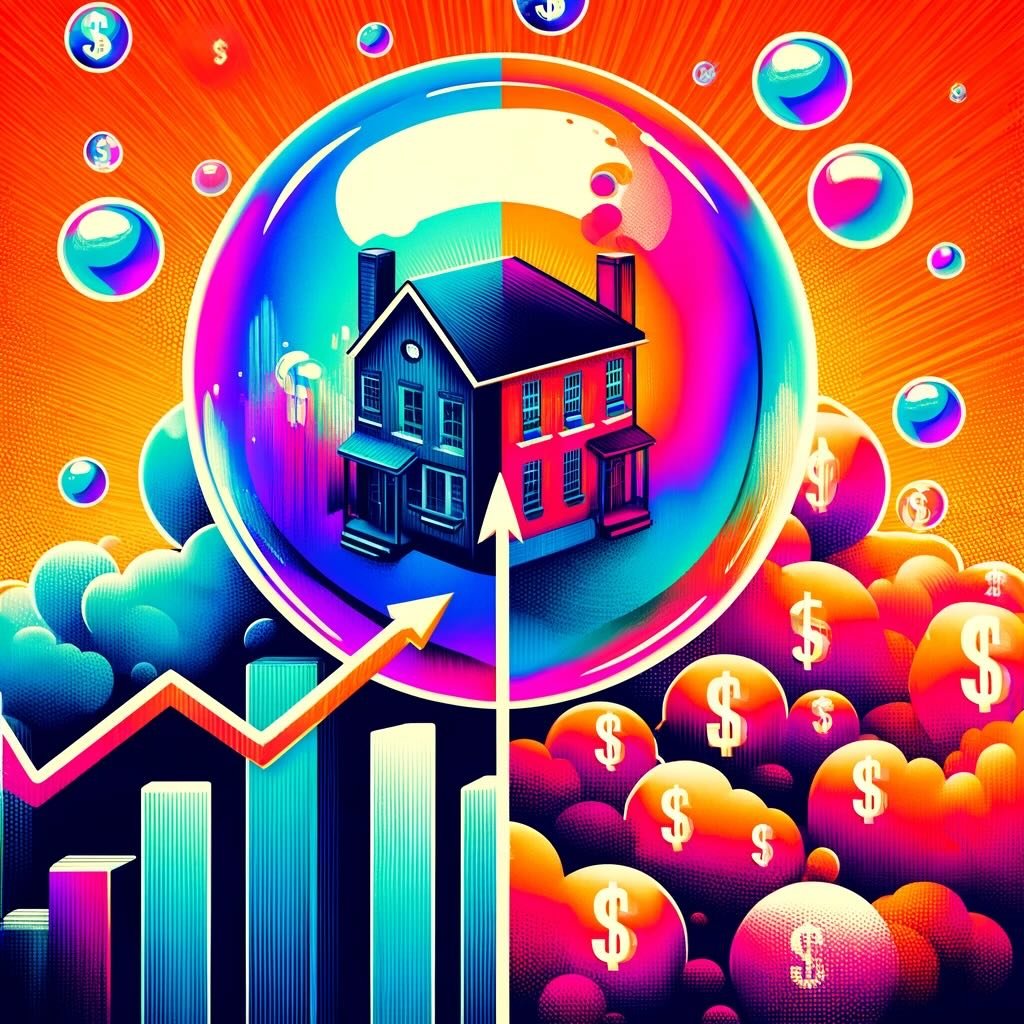
The Role of Monetary Policy
Impact of Low-Interest Rates
Low-interest rates are a double-edged sword. On one side, they make borrowing cheaper, encouraging more people to take out mortgages and buy homes. This surge in demand pushes home prices higher, often beyond sustainable levels. But when these rates remain low for too long, it can lead to excessive borrowing. Buyers, lured by affordable loans, stretch their finances thin, inflating home prices and setting the stage for a housing bubble. What seems like a golden opportunity can quickly turn into a precarious situation.
Quantitative Easing and Its Effects
Quantitative easing (QE) is another powerful tool wielded by central banks, designed to stimulate the economy by injecting liquidity into the financial system. But while QE can stabilize markets during downturns, it can also have unintended consequences. By flooding the market with cheap money, central banks can inadvertently fuel a housing bubble. The increased liquidity leads to more lending and borrowing, driving up home prices as investors seek higher returns in a low-interest-rate environment. It’s a delicate balance—too much QE, and the housing market can overheat.
Potential Policy Failures
Central banks hold significant sway over housing markets, but their timing and communication are crucial. Delays in raising interest rates can allow a housing bubble to expand unchecked, as cheap borrowing continues to drive up prices. Poor communication from central banks—such as unclear guidance on future rate changes—can further exacerbate the situation, leading to market speculation and instability. When policymakers don’t act swiftly or decisively, the risks multiply, making the eventual burst of a housing bubble even more damaging.

Regulatory and Fiscal Policies
Lax Lending Standards
When lending standards become too lax, the door opens to riskier borrowing. Policies that encourage subprime mortgages, for instance, can significantly increase the risk of a housing bubble. These loans are often given to borrowers with poor credit histories, making them more likely to default. As more and more people take out these high-risk loans, the housing market inflates artificially, driven by demand from those who might not afford it in a more regulated environment. The result? A fragile market teetering on the brink of collapse.
Tax Incentives and Subsidies
Tax incentives and subsidies, while well-intentioned, can sometimes do more harm than good. When governments offer tax breaks to homebuyers or subsidies to spur housing development, they can inadvertently artificially boost demand. This surge in demand, especially in a market already on the rise, can lead to inflated home prices. Instead of making housing more affordable, these policies can make it more expensive, contributing to the formation of a bubble that may eventually burst, leaving homeowners with properties worth less than their mortgages.
Zoning and Land Use Regulations
Restrictive zoning laws and poor urban planning are often overlooked contributors to housing bubbles. When local governments impose strict zoning regulations, they limit the amount of land available for new housing developments. This restricted supply, combined with high demand during a housing boom, drives up property prices even further. Additionally, poor urban planning that fails to accommodate population growth or economic shifts can exacerbate these issues, creating a market where prices soar due to scarcity, not true value.

Government Interventions
Bailouts and Moral Hazard
When financial institutions teeter on the edge of collapse during housing crashes, government bailouts can seem like a necessary lifeline. However, these bailouts often create a moral hazard, where the rescued institutions feel emboldened to engage in risky behavior, knowing they might be saved again. This safety net can lead to reckless lending practices, inflating future bubbles and perpetuating a cycle of financial instability. Essentially, bailouts can prevent short-term disasters but may sow the seeds for future crises.
Stimulus Packages
Government stimulus packages designed to boost the housing market during economic downturns can have unintended consequences. By injecting capital into the market, these packages can spur demand and drive up prices, especially if they’re not carefully targeted. While the intention is to stabilize the economy, if not managed properly, stimulus efforts can inadvertently contribute to the formation of housing bubbles by encouraging overinvestment and speculation in real estate.
Rent Control and Its Unintended Consequences
Rent control policies, aimed at protecting tenants from skyrocketing rents, often come with their own set of issues. While they provide short-term relief for renters, these controls can distort the housing market by reducing the incentive for landlords to maintain or improve properties, and limiting the construction of new housing. Over time, this can exacerbate housing shortages, driving up prices in the unregulated market and making the overall housing situation even more precarious.
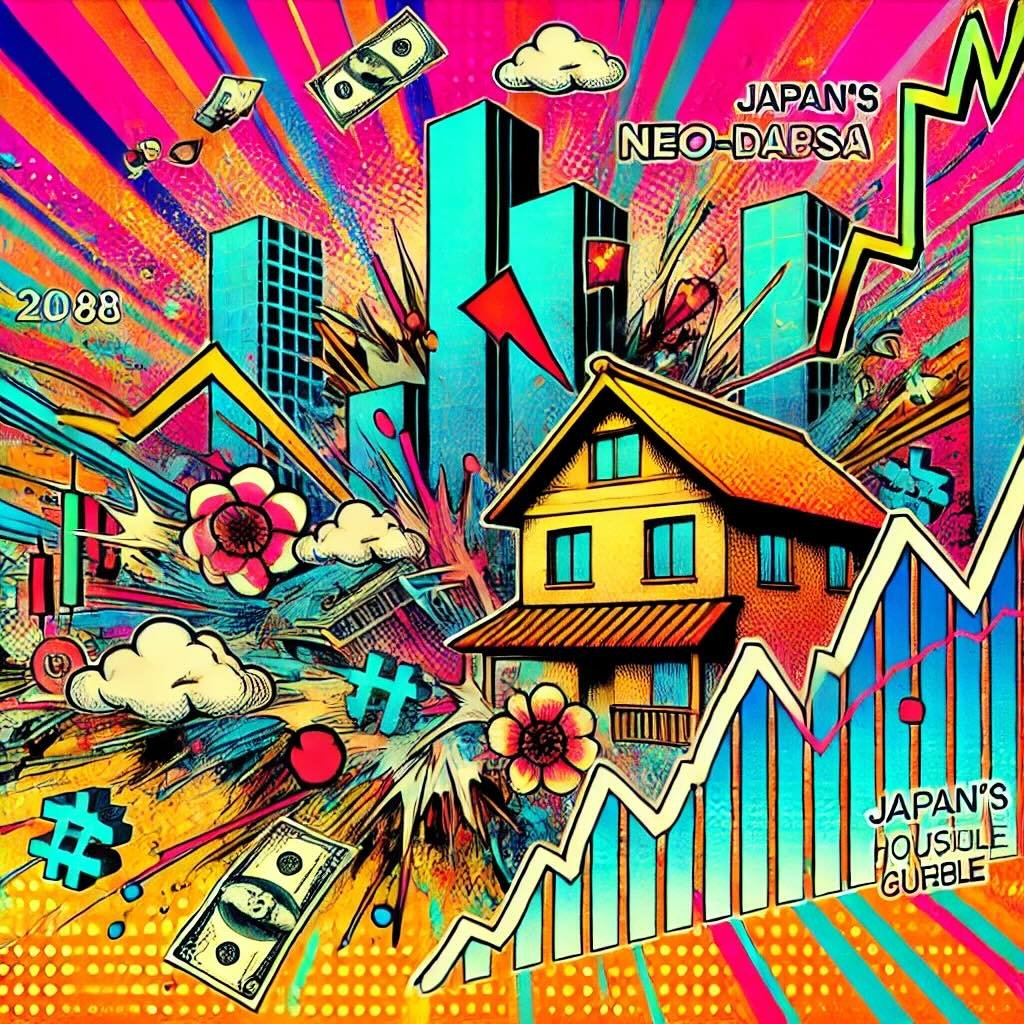
Case Studies
2008 Financial Crisis
The 2008 financial crisis remains a stark example of how poor policy decisions can lead to catastrophic housing bubbles. Leading up to the crash, a combination of lax lending standards, subprime mortgages, and unchecked speculative buying created a massively inflated housing market. When the bubble burst, it triggered a global financial meltdown. The crisis highlighted the dangers of inadequate regulation and the moral hazard of financial institutions engaging in risky lending practices without sufficient oversight.
Japan’s Housing Bubble in the 1980s
Japan’s housing bubble in the 1980s offers another cautionary tale. Fueled by loose monetary policy and speculative real estate investments, property prices in Japan’s major cities soared to unsustainable levels. The bubble eventually burst in the early 1990s, leading to a prolonged period of economic stagnation known as the “Lost Decade.” The aftermath left Japan grappling with deflation, a banking crisis, and a sluggish economy for years, illustrating the long-term impacts of policy mismanagement.
China’s Ongoing Housing Challenges
China’s current housing market presents a complex scenario, shaped by government policies that have fueled speculation and driven prices to record highs. Massive infrastructure projects, urbanization, and easy credit have contributed to a real estate boom, but signs of a bubble are emerging. The government’s efforts to cool the market, such as tightening lending standards and imposing property purchase restrictions, have had mixed results. The situation in China underscores the delicate balance policymakers must strike to avoid inflating a housing bubble while sustaining economic growth.
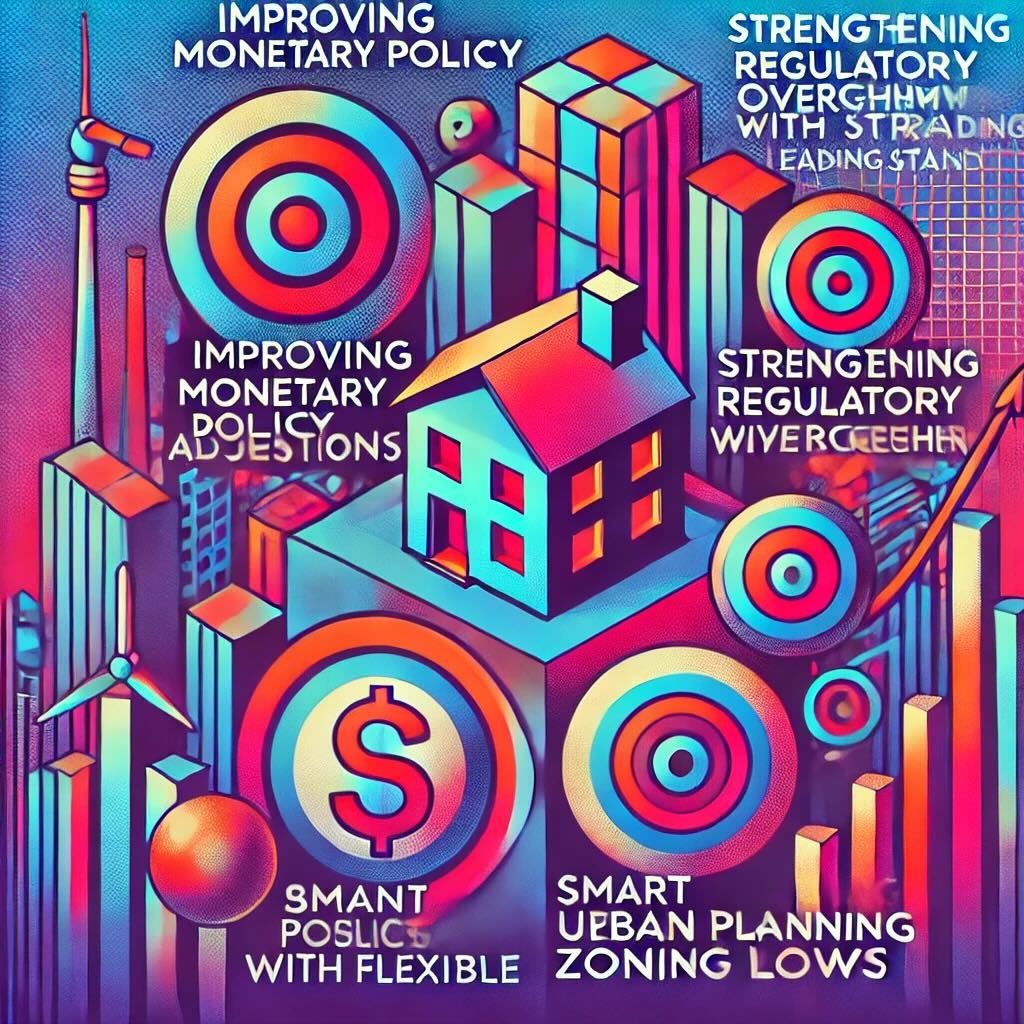
Lessons Learned and Policy Recommendations
Improving Monetary Policy
To prevent housing bubbles, central banks must strike a careful balance in managing interest rates and liquidity. One recommendation is to implement gradual interest rate adjustments to prevent overheating in the housing market. Additionally, central banks should enhance their communication strategies to better guide market expectations, reducing speculative behavior. By closely monitoring housing price trends and economic indicators, they can act preemptively, rather than reactively, to curb excessive market exuberance.
Strengthening Regulatory Oversight
Robust regulatory oversight is crucial for maintaining a stable housing market. Stricter lending standards are essential to prevent risky borrowing practices that can lead to bubbles. This includes enforcing rigorous credit assessments and limiting the availability of high-risk loans, such as subprime mortgages. Additionally, a more robust regulatory framework should be in place to monitor and control speculative investment in real estate, ensuring that market participants adhere to responsible lending and borrowing practices.
Balancing Fiscal Policies
Carefully designed fiscal policies can help stabilize the housing market without causing distortions. Governments should aim to balance tax incentives and subsidies in a way that encourages homeownership without artificially inflating demand. For example, tax breaks for first-time homebuyers should be paired with measures that increase housing supply, preventing price surges. It’s also important to avoid overly generous subsidies that could drive up prices by encouraging excessive competition for a limited number of homes.
Smart Urban Planning
Flexible zoning laws and thoughtful urban planning are key to ensuring an adequate housing supply, especially during periods of high demand. Governments should advocate for more adaptable zoning regulations that allow for higher-density development in response to population growth. This includes permitting mixed-use developments and reducing barriers to the construction of affordable housing. Better urban planning ensures that cities can grow sustainably, reducing the pressure on housing markets that can lead to bubbles.

Conclusion
We’ve covered housing bubbles and uncovered how poor policies can fan the flames of these precarious economic phenomena. From lax lending standards that pave the way for risky mortgages, to misguided monetary policies that flood the market with easy money, each misstep can push home prices to unsustainable heights. We also delved into how tax incentives, zoning laws, and government interventions can either stabilize or destabilize the housing market. The takeaway? Sound, well-thought-out policies are essential to prevent bubbles and ensure a healthy, balanced housing market.
Final Thoughts
Policymakers play a pivotal role in shaping the housing market’s trajectory. Their decisions can either nurture a stable environment or ignite the conditions for a bubble. It’s crucial for those in power to learn from past mistakes—like the 2008 financial crisis and Japan’s Lost Decade—and implement policies that promote transparency, responsible lending, and sustainable growth. By prioritizing long-term stability over short-term gains, policymakers can protect not just the housing market, but the broader economy as well. Responsible policy-making isn’t just a bureaucratic task; it’s a cornerstone of economic health.
As consumers, investors, and community members, staying informed about housing market policies is our responsibility. Knowledge empowers us to make better decisions—whether that’s choosing where to live, where to invest, or how to advocate for our communities. Let’s stay engaged with the policy-making process, hold our leaders accountable, and push for regulations that promote fairness and stability. Together, we can influence the creation of policies that prevent housing bubbles and foster a more resilient economy. Stay curious, stay proactive, and let’s work towards a housing market that benefits everyone.
Important Information
Comprehensive Investment Disclaimer:
All content provided on this website (including but not limited to portfolio ideas, fund analyses, investment strategies, commentary on market conditions, and discussions regarding leverage) is strictly for educational, informational, and illustrative purposes only. The information does not constitute financial, investment, tax, accounting, or legal advice. Opinions, strategies, and ideas presented herein represent personal perspectives, are based on independent research and publicly available information, and do not necessarily reflect the views or official positions of any third-party organizations, institutions, or affiliates.
Investing in financial markets inherently carries substantial risks, including but not limited to market volatility, economic uncertainties, geopolitical developments, and liquidity risks. You must be fully aware that there is always the potential for partial or total loss of your principal investment. Additionally, the use of leverage or leveraged financial products significantly increases risk exposure by amplifying both potential gains and potential losses, and thus is not appropriate or advisable for all investors. Using leverage may result in losing more than your initial invested capital, incurring margin calls, experiencing substantial interest costs, or suffering severe financial distress.
Past performance indicators, including historical data, backtesting results, and hypothetical scenarios, should never be viewed as guarantees or reliable predictions of future performance. Any examples provided are purely hypothetical and intended only for illustration purposes. Performance benchmarks, such as market indexes mentioned on this site, are theoretical and are not directly investable. While diligent efforts are made to provide accurate and current information, “Picture Perfect Portfolios” does not warrant, represent, or guarantee the accuracy, completeness, or timeliness of any information provided. Errors, inaccuracies, or outdated information may exist.
Users of this website are strongly encouraged to independently verify all information, conduct comprehensive research and due diligence, and engage with qualified financial, investment, tax, or legal professionals before making any investment or financial decisions. The responsibility for making informed investment decisions rests entirely with the individual. “Picture Perfect Portfolios” explicitly disclaims all liability for any direct, indirect, incidental, special, consequential, or other losses or damages incurred, financial or otherwise, arising out of reliance upon, or use of, any content or information presented on this website.
By accessing, reading, and utilizing the content on this website, you expressly acknowledge, understand, accept, and agree to abide by these terms and conditions. Please consult the full and detailed disclaimer available elsewhere on this website for further clarification and additional important disclosures. Read the complete disclaimer here.

